As an avid gardener, I have always been fascinated by the intricate relationships between plants.
One herb that has particularly captured my attention is chamomile.
This unassuming plant, with its delicate white petals and golden center, is more than just a source of soothing tea. It’s a garden superhero in disguise.
Over the years, I have experimented with various companion planting techniques, and chamomile has consistently proven to be a star performer.
In this post, I’d like to share my experiences and insights on using chamomile to create a more vibrant, productive, and harmonious garden.
The Magic of Companion Planting
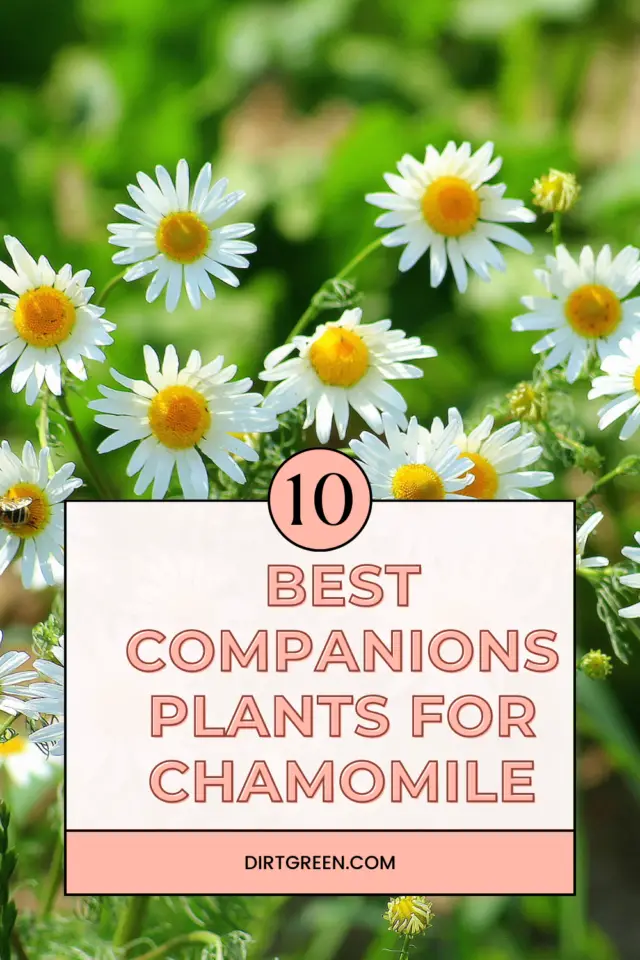
Companion planting is about creating plant communities that support each other.
It’s like setting up a neighborhood where everyone looks out for one another. Some plants repel pests, others attract beneficial insects, and some even help improve the soil.
When done right, companion planting can lead to a healthier garden with higher yields and fewer pest problems.
Chamomile: The Plant Doctor
In the gardening world, chamomile has earned the nickname “plant doctor,” and for good reason. This herb seems to have a knack for improving the health of its neighboring plants.
Here’s what makes chamomile such a great garden companion:
1. It’s a pest deterrent: The strong scent of chamomile can confuse and repel certain pests.
2. It attracts the good guys: Beneficial insects like hoverflies and parasitic wasps love chamomile flowers.
3. It’s a soil improver: Chamomile adds calcium, potassium, and sulfur to the soil as it grows.
4. It may prevent diseases: Some gardeners swear by chamomile’s ability to prevent damping off disease in seedlings.
Chamomile Companion Plants
1. The Cabbage Clan (Brassicas)
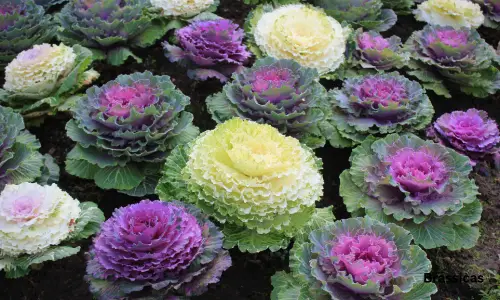
In my garden, I’ve found that chamomile works wonders when planted near cabbage, broccoli, and kale. These brassicas can be pest magnets, but chamomile helps keep the cabbage moths at bay. Plus, the calcium that chamomile adds to the soil is just what these leafy greens need to thrive.
Pro tip: I like to plant chamomile between my brassicas, about 12 inches apart. The low-growing chamomile fills in the spaces nicely without overshadowing the vegetables.
2. The Squash Squad (Cucurbits)
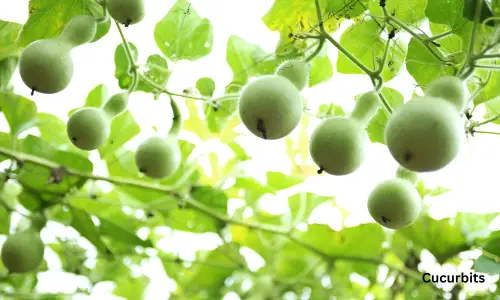
Cucumbers, squash, and melons have a special place in my heart (and my stomach!), but they can be tricky to grow. That’s where chamomile comes in. I’ve noticed that when I plant chamomile near my cucurbits, I get better pollination. Those chamomile flowers are like a neon sign for bees, attracting them to the area and ensuring my squash blossoms get plenty of attention.
3. The Allium Allies
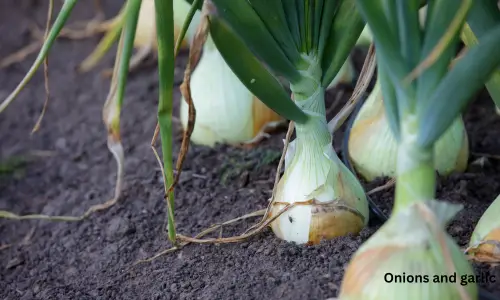
Onions and garlic are kitchen staples, and they’re even better when grown near chamomile. These plants seem to have a symbiotic relationship when it comes to pest control. While chamomile deters some pests, alliums repel others. Together, they create a more comprehensive pest management strategy.
4. The Herbal Haven
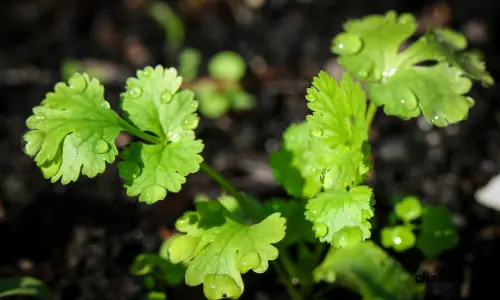
In my herb garden, chamomile is the star of the show. It plays well with others, particularly basil, mint, and cilantro. Not only does this combination smell heavenly, but it also creates a pest-confusing aromatic barrier. Plus, the variety of flowers attracts a diverse range of beneficial insects.
5. Tomato’s Best Friend

growing tomatoes upside down
I’ve always struggled with damping off disease in my tomato seedlings until I started planting chamomile nearby. Now, my tomatoes grow strong and healthy from the start. Some gardeners even claim that chamomile improves the flavor of tomatoes. While I can’t say I’ve noticed this myself, I certainly haven’t seen any negative effects!
6. The Bean Team
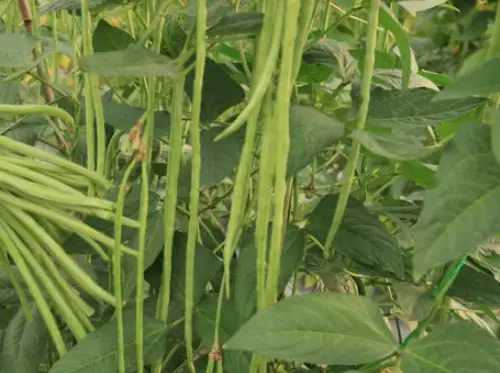
Beans and peas are nitrogen fixers, adding this vital nutrient to the soil. When paired with chamomile, which provides other essential nutrients, you create a balanced growing environment. I’ve found this combination particularly effective in my garden, with healthier plants and better yields.
7. Fruit Tree Understory
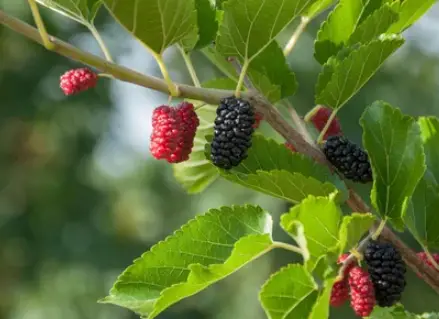
If you have fruit trees, consider planting chamomile underneath them. In my small orchard, chamomile is a living mulch, improving soil structure and attracting pollinators. Just keep it away from the trunk to prevent moisture buildup.
8. Corn’s Companion
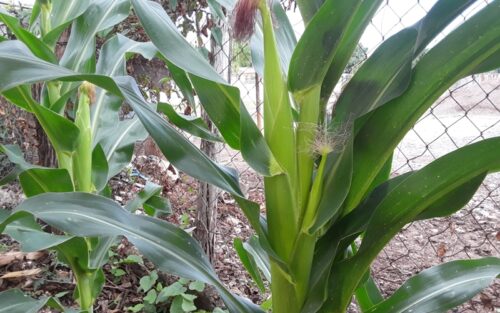
Easy Tips On How To Grow Sweet Corn In The Garden
Corn is a heavy feeder, and chamomile can help provide some of the nutrients it needs. I plant chamomile between my corn rows after the corn has sprouted. It helps suppress weeds and may even deter corn earworms.
9. Potato’s Pal

Potato beetles can be a real nuisance, but I’ve noticed fewer problems since I started planting chamomile near my potato patch. The chamomile seems to confuse or repel these pests, leading to healthier potato plants.
10. Flower Power

Sweet Pea
Don’t forget about ornamentals! Chamomile looks beautiful when mixed with other flowers. I particularly love combining it with marigolds and cosmos. Not only does this create a stunning display, but it also establishes a diverse ecosystem that supports a wide range of beneficial insects.
Making It Work in Your Garden
This sounds great, but how do I make it work in my garden?” Here are some tips I’ve learned over the years:
1. Choose German chamomile (Matricaria recutita) for companion planting. It’s an annual with a taller growth habit that works well in most situations.
2. Provide your chamomile with full sun to partial shade and well-draining soil. Water regularly, but don’t overdo it – chamomile isn’t a fan of wet feet.
3. Don’t over-fertilize. Chamomile prefers poor to moderately fertile soil.
4. Allow some of your chamomile plants to flower continuously. Yes, you’ll want to harvest some for tea, but those flowers are crucial for attracting beneficial insects.
5. Practice crop rotation. If you’re using chamomile as an annual, change its position in your garden each year to prevent pest and disease buildup.
6. Be observant and flexible. Every garden is unique, and what works in mine might need some tweaking in yours. Pay attention to how your plants interact and be willing to make changes if needed.
A Word of Caution
While chamomile is generally a good neighbor, there are a few plants that might not appreciate its company. Root vegetables like carrots sometimes struggle when planted too close to chamomile. Also, if you’re growing acid-loving plants like blueberries, keep them away from chamomile, which can make the soil more alkaline.
Beyond the Garden
Before we wrap up, I can’t resist mentioning some of chamomile’s other uses. After all, what’s the point of growing it if you don’t enjoy it?
I love ending my day with a cup of homemade chamomile tea. It’s incredibly soothing and helps me unwind after a long day in the garden. I’ve also used chamomile in homemade skin care products it’s great for soothing irritated skin.
Final Thoughts
Incorporating chamomile into your garden is like inviting a helpful friend to join your plant community. It supports its neighbors, attracts beneficial visitors, and even provides you with a delightful harvest of its own.
Remember, gardening is as much an art as it is a science. Don’t be afraid to experiment and find what works best in your unique space. Who knows? You might discover a new plant pairing that works wonders in your garden.
So, why not give chamomile a chance? Plant some in your garden this season and see the difference it can make. Your plants (and your taste buds) will thank you!




